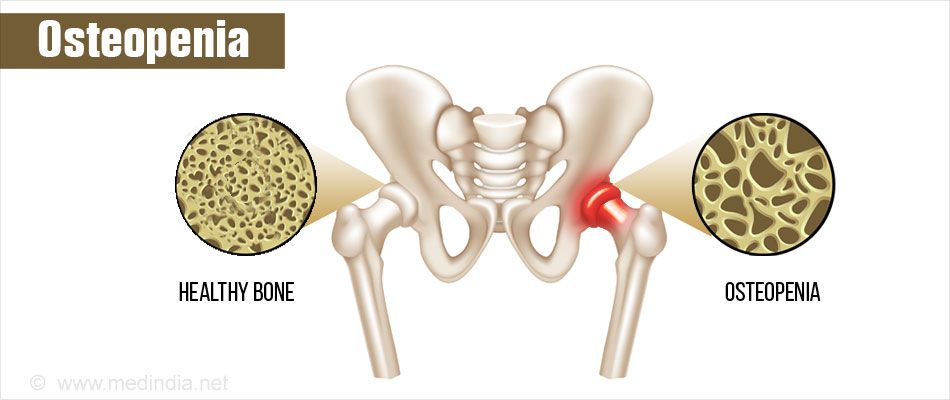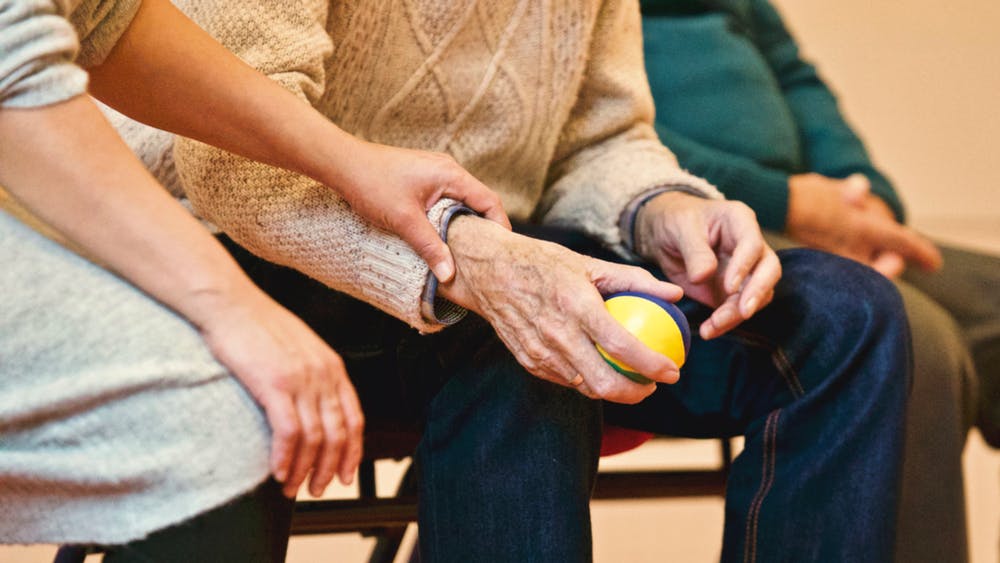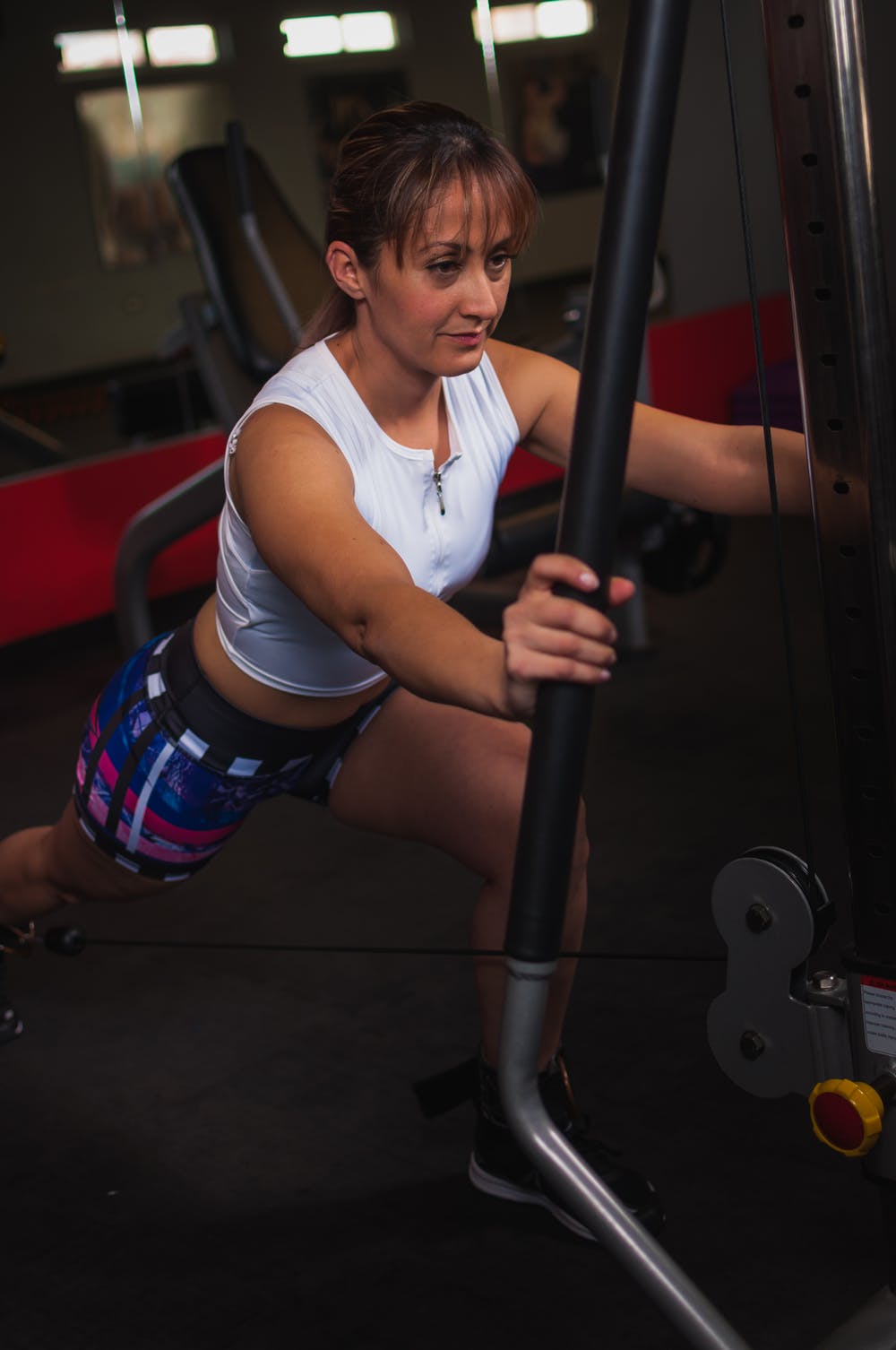|
BOOK NOW |
ASK ABOUT YOUR PAIN |
Home > Blog > Physiotherapy > Conditions > Osteopenia (Low Bone Mass) Physiotherapy
Osteopenia (Low Bone Mass) Physiotherapy

Osteopenia, which is recently changed to be called low bone mass, describes lower-than-normal bone density or thickness.
Approximately 44 million adults in the United States have osteopenia. Osteopenia is different than osteoporosis, which refers to a disease where normal bone structure becomes thinned out and porous.
Low bone mass can occur at any age, but noticeable and significant bone loss is most likely to occur in women during the 5 to 7 years following menopause. The same group of patients is also more likely to experience a bone fracture such as
than someone with normal bone mass.
What is Osteopenia (Low Bone Mass)?
Low bone mass is a condition that develops when a person:
- May naturally have less-dense bones due to factors such as body size, genetics, or gender
- Has gradually lost bone mass over time due to lack of exercise and poor diet
- Has begun to experience peri-menopause, symptoms that signal the onset of menopause or who is in menopause.
- Has rapidly lost bone mass due to an illness or use of medication
How Does osteopenia Feel like?

There are no specific symptoms of low bone mass.
In fact, patients may have the condition and not be aware of it (until something unfortunate happens, like a fall and a subsequent fracture following medical check).
It is important to recognize your risk
factors to prevent bone fracture. You should discuss any concerns with
your doctors and/or our senior physiotherapists.
How Is It Diagnosed?
Low bone mass is diagnosed through a quick and painless specialized scan ordered by a physician. If you are seeing our senior physiotherapist for rehabilitation, we may confer with your doctor (or refer you to our medical network) when detecting a possible need for bone testing.
The results of the scan are reported using T- and Z-scores. The T-score compares your score to that of healthy 30-year-old women.
- A T-score between -1 and -2.49 means that you have low bone mass.
- Those who have a T-score of -2.5 and lower have osteoporosis.
- If you have a T score of -1 or less, you have a greater risk of
experiencing a fracture.
- A person with a T-score of -2 has lower bone density than a person with -1.
- The Z-score compares your bone mineral density to the average of
people who are of the same age, sex,weight,and race as you.
- A Z-score of
-2 or lower might mean that something other than normal bone loss due to
age is occurring.
Your doctor will likely explore other health issues that might be causing the bone loss.
Other methods of screening bone density include
- x-ray
- ultrasound and
- CT scan
If you have risk factors that includes certain diseases, short- or long-term use of steroids, or a recent bone fracture, a DXA scan may be prescribed.
how our senior physiotherapists can help a patient with osteopenia
Our senior physiotherapists can help you prevent and treat low bone mass at any age by prescribing the specific amount and type of exercise that best builds and maintains strong bones.
When you see our senior physical therapists, we will review your health history, including your
- medical
- family
- medication
- exercise
- dietary and
- hormonal history
We will also conduct a complete physical therapy examination and identify your risk factors for low bone density.
It is important to exercise throughout life, and especially when you have been diagnosed with low bone mass in order to build and maintain healthy bones. Exercise can help to build bone or slow the loss of bone.

We're likely to prescribe 2 types of exercise that are best to build strong bones, which are:
Weight-bearing Exercises
- Dancing
- Walking at a quick pace (122-160 steps per minute or 2.6 steps per second)
- Jumping, stomping, heel drops
- Running at least a 10-minute mile
- Racket sports
Resistance Exercises
- Weightlifting
- Use of resistance bands
- Gravity-resistance exercises (pushups, yoga, stair climbing, etc.)
Our senior physiotherapists will design an individual exercise program for you based on your particular needs. We will test you to see how much resistance is needed and is safe for your specific bone density as well as other physical issues that you may have.
Physiotherapy and exercise treatments starts at the level you can tolerate.
Once you learn how to perform your program, we may add more strenuous activity with physical effort to encourage your bones to grow stronger.
Your exercise prescription will include guidelines for weight-bearing and resistance training for the
- hips
- spine
- shoulders and
- wrists
We will prescribe guidelines for the intensity, frequency, and progression of your exercises, and may also prescribe:
- regular deep tissue release massage therapy to keep your muscles supple, healthy and strong
- regular clinical Pilates to train and maintain your core muscle strength
You know, exercise is only one facet and component of healthy bones.
We will encourage you to consult our dietitian and pursue a healthy and varied diet, including foods rich in calcium, to reach the amount recommended according to your age and health status.
We may recommend that you meet with a dietitian to learn about the many foods that contribute to bone health. Sometimes, medication or hormone replacement therapy may be recommended.
Your physician will help guide you to find the best combination of exercise, diet, and medication to treat your condition.